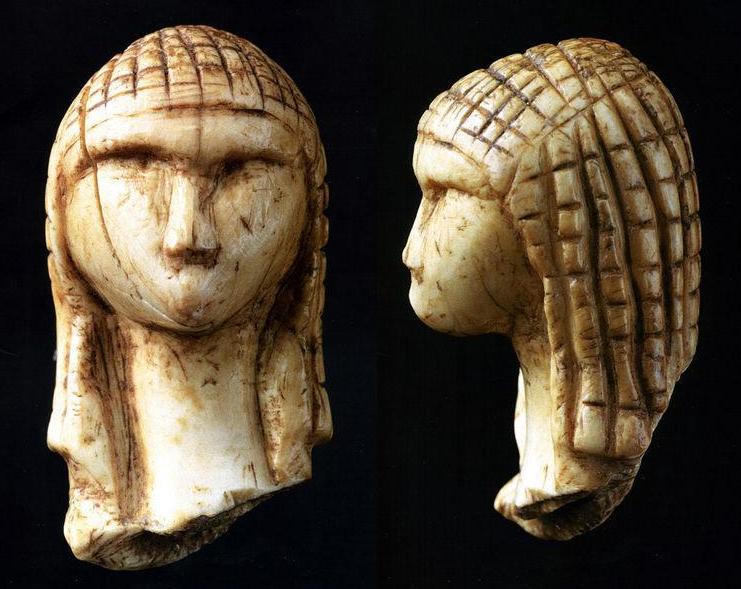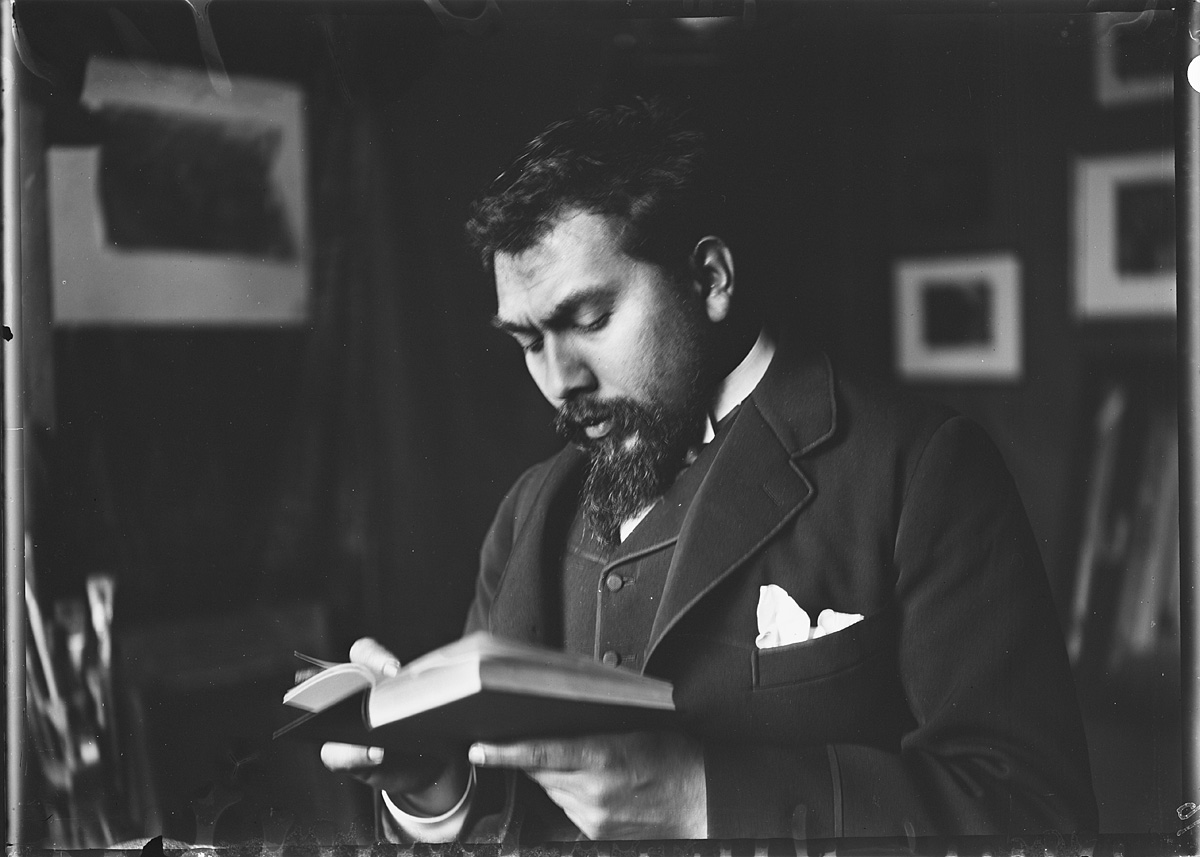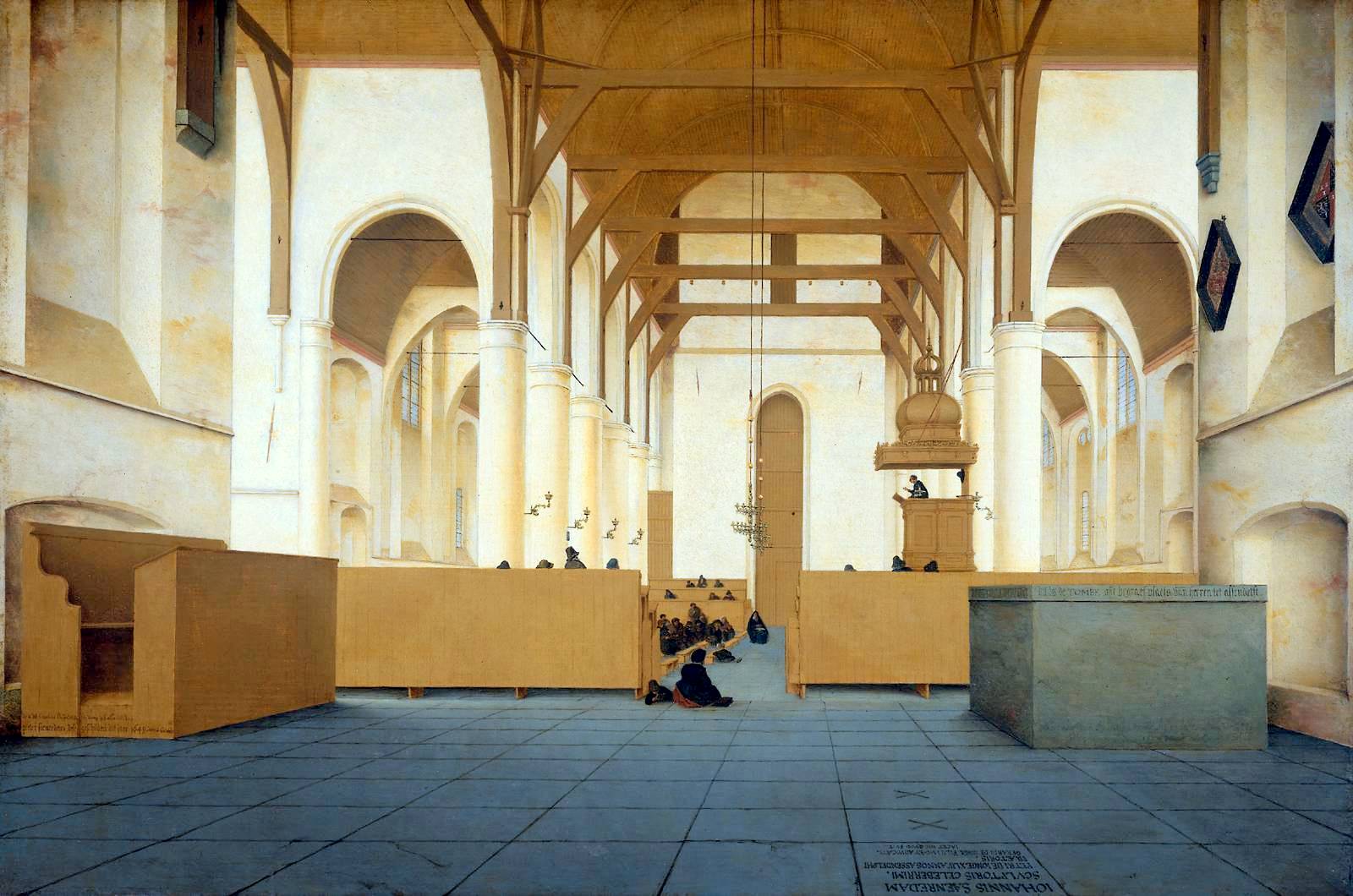|
Museum Catharijneconvent
The Museum Catharijneconvent (St. Catherine's Convent Museum) is a museum of religious art in Utrecht, Netherlands. It is located in the former St. Catharine convent, having been sited there since 1979. Its collections include many artifacts from the museum of religious art of the Catholic Archbishopric of Utrecht, located in the convent until 1979. In 2006 the convent closed for restoration. It is part of the Utrecht Museum Night. Collection The museum has an extensive collection of historical and art-historical objects from the early Middle Ages to the present. The vast collection presents a picture of Protestant and Catholic art and cultural history of the Netherlands, and its impact on Dutch society. The collection includes richly illustrated manuscripts, book-bindings decorated with precious stones, richly-worked images, paintings, altarpieces, pieces of clothing and ecclesiastical objects in gold and silver. Among the highlights in the collection are the 9th-cent ... [...More Info...] [...Related Items...] OR: [Wikipedia] [Google] [Baidu] |
Utrecht
Utrecht ( , , ) is the fourth-largest city and a municipality of the Netherlands, capital and most populous city of the province of Utrecht. It is located in the eastern corner of the Randstad conurbation, in the very centre of mainland Netherlands, about 35 km south east of the capital Amsterdam and 45 km north east of Rotterdam. It has a population of 361,966 as of 1 December 2021. Utrecht's ancient city centre features many buildings and structures, several dating as far back as the High Middle Ages. It has been the religious centre of the Netherlands since the 8th century. It was the most important city in the Netherlands until the Dutch Golden Age, when it was surpassed by Amsterdam as the country's cultural centre and most populous city. Utrecht is home to Utrecht University, the largest university in the Netherlands, as well as several other institutions of higher education. Due to its central position within the country, it is an important hub for both rail and road t ... [...More Info...] [...Related Items...] OR: [Wikipedia] [Google] [Baidu] |
Ivory Carving
Ivory carving is the carving of ivory, that is to say animal tooth or tusk, generally by using sharp cutting tools, either mechanically or manually. Objects carved in ivory are often called "ivories". Humans have ornamentally carved ivory since prehistoric times, though until the 19th-century opening-up of the interior of Africa, it was usually a rare and expensive material used for small luxury products. Very fine detail can be achieved, and as the material, unlike precious metals, has no bullion value and usually cannot easily be recycled, the survival rate for ivory pieces is much higher than for those in other materials. Ivory carving has a special importance to the medieval art of Europe because of this, and in particular for Byzantine art as so little monumental sculpture was produced or has survived. As the elephant and other ivory-producing species have become endangered, largely because of hunting for ivory, CITES and national legislation in most countries have red ... [...More Info...] [...Related Items...] OR: [Wikipedia] [Google] [Baidu] |
Museums In Utrecht (city)
A museum ( ; plural museums or, rarely, musea) is a building or institution that cares for and displays a collection of artifacts and other objects of artistic, cultural, historical, or scientific Science is a systematic endeavor that builds and organizes knowledge in the form of testable explanations and predictions about the universe. Science may be as old as the human species, and some of the earliest archeological evidence ... importance. Many public museums make these items available for public viewing through display case, exhibits that may be permanent or temporary. The largest museums are located in major cities throughout the world, while thousands of local museums exist in smaller cities, towns, and rural areas. Museums have varying aims, ranging from the conservation and documentation of their collection, serving researchers and specialists, to catering to the general public. The goal of serving researchers is not only scientific, but intended to ... [...More Info...] [...Related Items...] OR: [Wikipedia] [Google] [Baidu] |
Religious Museums In The Netherlands
Religion is usually defined as a social- cultural system of designated behaviors and practices, morals, beliefs, worldviews, texts, sanctified places, prophecies, ethics, or organizations, that generally relates humanity to supernatural, transcendental, and spiritual elements; however, there is no scholarly consensus over what precisely constitutes a religion. Different religions may or may not contain various elements ranging from the divine, sacred things, faith,Tillich, P. (1957) ''Dynamics of faith''. Harper Perennial; (p. 1). a supernatural being or supernatural beings or "some sort of ultimacy and transcendence that will provide norms and power for the rest of life". Religious practices may include rituals, sermons, commemoration or veneration (of deities or saints), sacrifices, festivals, feasts, trances, initiations, funerary services, matrimonial services, meditation, prayer, music, art, dance, public service, or other aspects of human culture. Religio ... [...More Info...] [...Related Items...] OR: [Wikipedia] [Google] [Baidu] |
Guido Van Der Werve
Guido van der Werve (born 1977) is a Dutch filmmaker and visual artist. Personal details Van der Werve was born in Papendrecht, the Netherlands and currently lives and works in Finland and Berlin. He pursued studies in industrial design, archaeology, music composition, and Russian language and literature at several universities in the Netherlands before beginning to create his first video documented performances at the Gerrit Rietveld Academy around 2000. Van der Werve initially started out doing performances but because he disliked the live aspect, he started to film them with simple video cameras. The registrations became gradually more cinematic and professional over the years. Having a background in music Van der Werve tries to create visual art, which communicates as direct as music. In 2006 Van der Werve did a residency at the Rijksakademie van Beeldende Kunsten in Amsterdam. In 2008 he moved to New York. From 2010 on Van der Werve has been living in the Finnish count ... [...More Info...] [...Related Items...] OR: [Wikipedia] [Google] [Baidu] |
Frans Franciscus
Frans is an Afrikaans, Danish, Dutch, Finnish, Icelandic, Norwegian, and Swedish given name, sometimes as a short form of ''François''. One cognate of Frans in English is ''Francis''. Given name * Frans van Aarssens (1572–1641), Dutch diplomat and statesman * Frans Ackerman (1330–1387), Flemish statesman * Frans Adelaar (born 1960), Dutch football player and manager * Frans Alphons Maria Alting von Geusau (born 1933), Dutch legal scholar and diplomat * Frans Aerenhouts (born 1937), Belgian cyclist * Frans Ananias (born 1972), Namibian footballer * Frans Andersson (1911–1988), Danish bass-baritone * Frans Andriessen (1929–2019), Dutch politician * Frans Anneessens (1660–1719), Flemish protest leader * Frans van Anraat (born 1942), Dutch businessman and convicted war criminal * Frans Badens (fl. 1571–1618), Flemish painter * Frans Bak (born 1958), Danish composer, choral conductor, saxophonist, and pianist * Frans Decker (1684–1751), 18th-century painter from ... [...More Info...] [...Related Items...] OR: [Wikipedia] [Google] [Baidu] |
Shinkichi Tajiri
Shinkichi Tajiri (Los Angeles, December 7, 1923 – Baarlo, Netherlands, March 15, 2009) was an American sculptor who resided in the Netherlands from 1956 onwards. He was also active in painting, photography and cinematography. Childhood and education A Japanese American, Tajiri was born in Watts, a working-class neighborhood of Los Angeles. He was the fifth of seven children born to Ryukichi Tajiri and Fuyo Kikuta, first generation emigrants (issei), who moved from Japan to the United States in 1906 and 1913. In 1936, the family relocated to San Diego. His father died when he was fifteen. In 1940, Tajiri received his first lessons in sculpture from Donal Hord. Life and work In 1942, following the signing of Executive Order 9066, Tajiri's family was incarcerated at Poston War Relocation Center in Arizona. Tajiri was a soldier, with the 442nd Regimental Combat Team, like his brother Vincent. They fought in Europe, from 1943 on and he was wounded in Italy. Shinkichi went ... [...More Info...] [...Related Items...] OR: [Wikipedia] [Google] [Baidu] |
Jan Toorop
Johannes Theodorus 'Jan' TooropJan Toorop Netherlands Institute for Art History, 2014. Retrieved on 18 February 2015. (; 20 December 1858 – 3 March 1928) was a Dutch- Indonesian , who worked in various styles, including Symbolism, |
Pieter Saenredam
Pieter Jansz. Saenredam (9 June 1597 – buried 31 May 1665) was a painter of the Dutch Golden Age, known for his distinctive paintings of whitewashed church interiors such as ''Interior of St Bavo's Church in Haarlem'' and '' Interior of the Sint-Odulphuskerk in Assendelft''. Biography Saenredam was born in Assendelft, the son of the Northern Mannerist printmaker and draughtsman Jan Pietersz Saenredam whose sensuous naked goddesses are in great contrast with the work of his son. In 1612 Saenredam moved permanently to Haarlem, where he became a pupil of Frans de Grebber. In 1623 he became a member of the Haarlem Guild of St. Luke. A drawing in the British Museum by his friend Jacob Van Campen shows him to be very short and hunch backed. He died in Haarlem. Saenredam was a contemporary of the painter-architects Jacob van Campen, Salomon de Bray, and Pieter Post. Saenredam specialized in the representation of church interiors. These pictures were based on precise measurements o ... [...More Info...] [...Related Items...] OR: [Wikipedia] [Google] [Baidu] |
Jan Van Scorel
Jan van Scorel (1 August 1495 – 6 December 1562) was a Dutch painter, who played a leading role in introducing aspects of Italian Renaissance painting into Dutch and Flemish Renaissance painting. He was one of the early painters of the Romanist style who had spent a number of years in Italy, where he thoroughly absorbed the Italian style of painting. His trip to Italy coincided with the brief reign of the only Dutch pope in history, Adrian VI in 1522–23. The pope made him a court painter and superintendent of his collection of antiquities. His stay in Italy lasted from 1518 to 1524 and he also visited Nuremberg, Venice and Jerusalem. Venetian art had an important impact on the development of his style. He differed from most Romanists in that he was a native of the northern Netherlands and not of Flanders and that he remained most of his life in the northern Netherlands. He settled permanently in Utrecht in 1530 and established a large workshop on the Italian model. The ... [...More Info...] [...Related Items...] OR: [Wikipedia] [Google] [Baidu] |
Deventer
Deventer (; Sallands: ) is a city and municipality in the Salland historical region of the province of Overijssel, Netherlands. In 2020, Deventer had a population of 100,913. The city is largely situated on the east bank of the river IJssel, but it also has a small part of its territory on the west bank. In 2005 the municipality of Bathmen (with a population of about 5,000 people) was merged with Deventer as part of a national effort to reduce bureaucracy in the country. Deventer is one of the oldest cities in the Netherlands. The place is already mentioned in 9th-century sources of the Diocese of Utrecht. In a charter from 877 AD mentions seven hooves in ''Daventre portu'' (the Deventer harbor). In 952 AD, Deventer is mentioned as a city in a gift certificate from King Otto I. After the place had acquired more and more rights and privileges over time, it received the municipal lands from Emperor Henry V in 1123. This is considered by historians to be the moment of Deven ... [...More Info...] [...Related Items...] OR: [Wikipedia] [Google] [Baidu] |
Lebuïnuskerk, Deventer
The Great Church or St. Lebuinus Church ( nl, Grote of Lebuïnuskerk) is the main church building of the Dutch city of Deventer, Netherlands. Overview It is a Gothic hall church, built between 1450 and 1525. Originally consecrated to the English missionary Lebuinus, it was one of the most distinguished churches of the Roman Catholic Archdiocese of Utrecht. This church was the Cathedral of the Diocese of Deventer , after the Papal bull Super Universas between 1559 and 1591. In 1580 it was taken over by the Calvinists, who completely eliminated the interior decoration and renamed it the Great Church ( nl, Grote Kerk). Today, the temple belongs to the Protestant Church in the Netherlands The Protestant Church in the Netherlands ( nl, de Protestantse Kerk in Nederland, abbreviated PKN) is the largest Protestant denomination in the Netherlands, being both Calvinist and Lutheran. It was founded on 1 May 2004 as the merger of the ..., while the tower belongs to the Municipality. ... [...More Info...] [...Related Items...] OR: [Wikipedia] [Google] [Baidu] |
.jpg)






